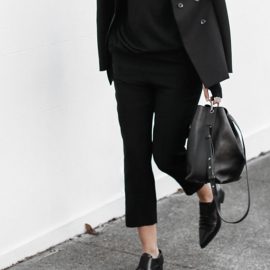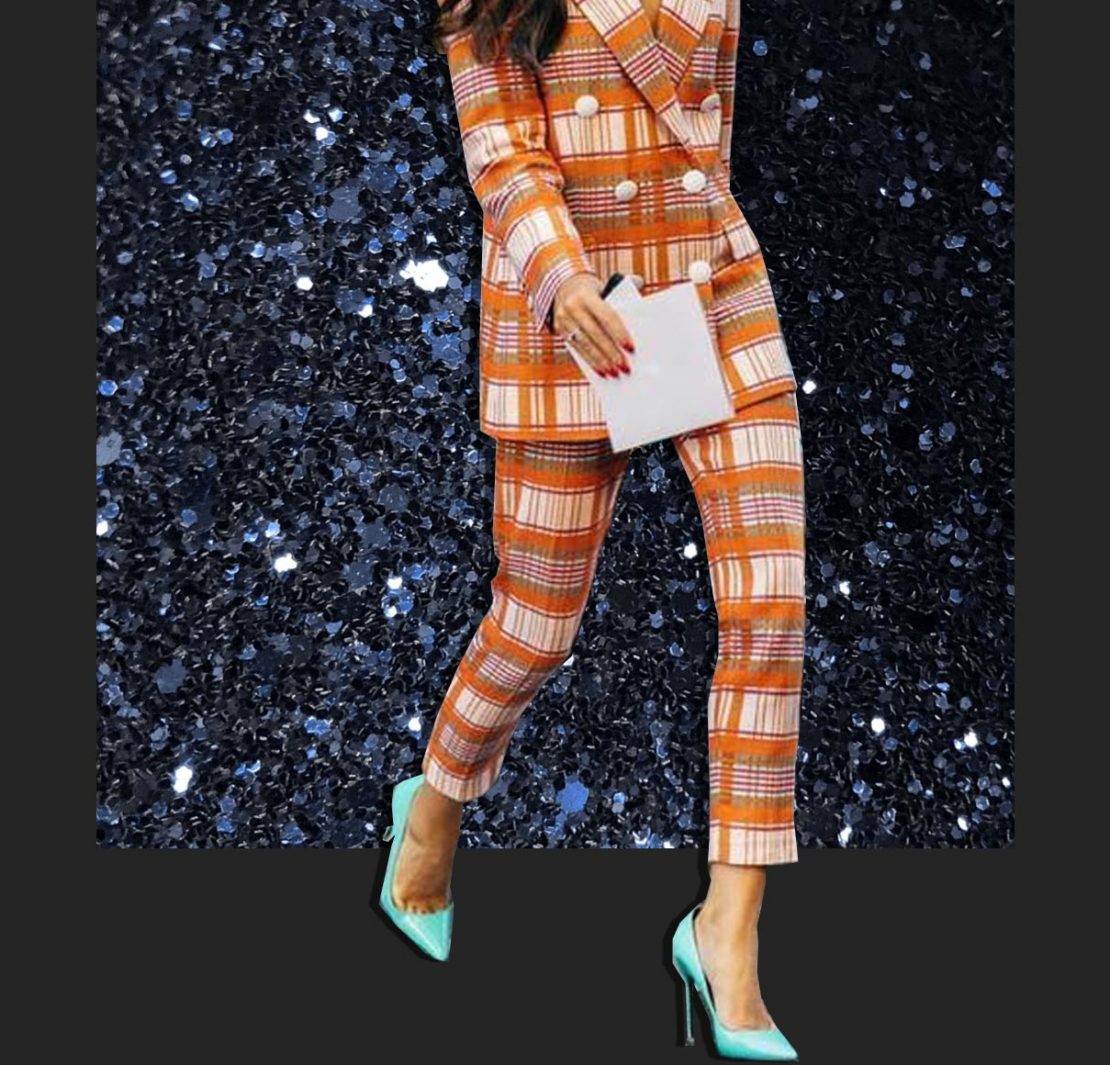A course review from…
Who: Abbey
Course: Bachelor of Design in Visual Communication at University of Technology, Sydney
Graduated: 2016
Current Job: Design Assistant for a print mag
I initially chose to study Visual Communication as I’d always felt I was more of a right brain thinker. I am a very visual learner and tend to solve problems with creative solutions. So I though it would be a good fit and it seemed more ‘commercial’ than studying a more purely art qualification. Commercial meaning that I could fit into the ‘corporate’ world a bit more and hopefully make some more money!
What’s the course like?
The course is definitely quite content heavy, especially in the first couple of years. The workload and academic expectations required of the course were initially somewhat of a shock to some students, which I think is the case for a number of creative courses. The workload is partly due to the fact that the course does not involve exams, which gives students a few extra weeks of holidays throughout the year, but results in an ongoing workload of highly weighted assessments at quite regular intervals.
In my first year the course was varied but covers a lot of design basics such as skills in
The first year is a lot more experimental and hands on than later years, it’s a lot of fun. The equipment necessary for subjects varies, but generally you are required to provide your own equipment including purchasing software, artistic tools such as paints and drawing utensils and a camera for photography work. On campus some equipment such as camera equipment and the creative software are available for use however.
There are a few additional costs that you don’t consider. In the first years I was required to produce process documents which are to display all the work they have produced leading up to a final design outcome. These were often quite substantial documents and required colour printing, and in my experience these would often cost up to $100 – $200 to print on top of printing the final design work.
As a whole, visual communication is extremely broad and provides a huge range of possibilities career wise upon graduating. Students entering the course have very varied interests, such as illustration, photography, film, art direction, visual arts, graphic design and animation to name a few.
How did you find the uni?
UTS is a very practical university and prepares students extremely well for working in the industry through a number of methods, such as including compulsory work experience in the curriculum, subjects involving work with real clients and basing assignment work on actual industry projects and expectations.
Did you get much industry exposure?
During the course I completed an 8 week internship over the summer at the end of my 2nd year of study. It is crucial to gain as much work experience as possible in the design field so internships and work experience are of a high priority for students, particularly in the 3rd and 4th year of study. Employers in the creative industry want to see as much industry work in a potential employee’s portfolio as possible, and really value industry experience. My internship was of great importance to me as it was in the field of digital design, of which I previously had very little understanding. I learnt a great deal and was offered a job by the firm I was working for so it was definitely beneficial. It has become an expectation of all designers to have an online platform for displaying their work, particularly to potential employers.
As a whole the course is definitely challenging but is extremely well structured and does a great job of preparing students for working in the industry.







